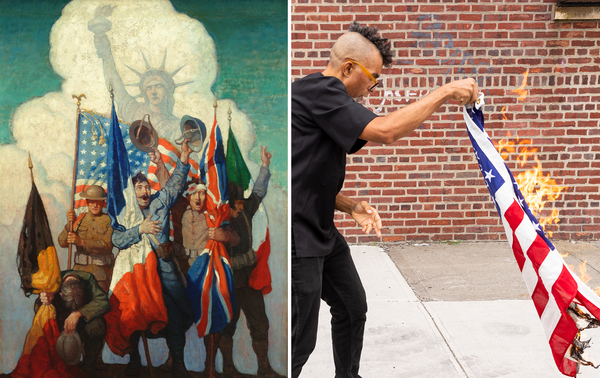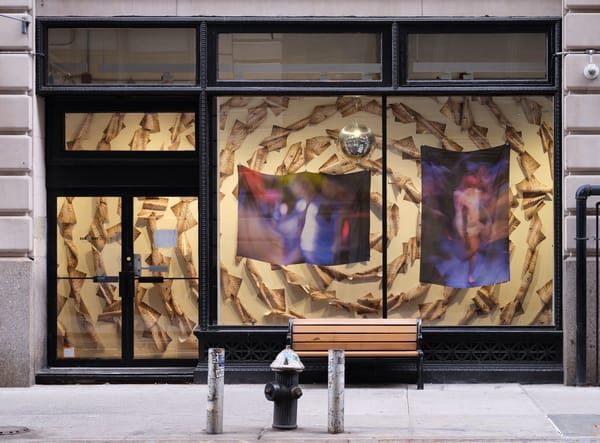The Story of an Unrealized Domed City for Minnesota
The Experimental City, directed by Chad Freidrichs, revisits the late 1960s plan for a city in Minnesota that would solve urban problems through futuristic technology and design.

In the late 1960s, a group of scientists, city planners, architects, and inventors proposed a new city of 250,000 people who would fix urban problems through technology. Overcrowding, pollution, and sprawl would be addressed through self-driving roads, waste management reprocessing, modular housing, and underground tunnels for utilities, while a huge geodesic dome could regulate climate. Land was selected in a woodsy part of northern Minnesota, federal funding was acquired, and a 10-year construction timeline was drawn up. The idea was to start fresh with the American city, and then implement proven innovations on urban design in metropolitan areas around the country.
This is not a spoiler for the new feature-length documentary The Experimental City, but the Minnesota Experimental City (MXC) was never built. Optimistic dreams of the 1960s waned, and the people of Swatara, Minnesota, were not thrilled about having their local landscapes dug up for a space age metropolis and its nuclear power plant. Even in Minnesota, it became a footnote in midcentury history.
Experimental City director Chad Freidrichs delved into archives of audio recordings, film reels, photographs, and conceptual drawings to revisit MXC, and interviewed its participants and protestors. The documentary premiered at the Chicago International Film Festival in October 2017.
“I discovered MXC’s inventor, Athelstan Spilhaus, while researching the topic of retrofuturism — the study of what people in the past felt the future would be like,” Freidrichs told Hyperallergic. Spilhaus was the visionary behind MXC, and something of a retrofuture polymath, working in oceanography, meteorology, geophysics, comic illustration, and as the Dean of the University of Minnesota’s Institute of Technology. Born in South Africa, he became an American citizen in 1946. His interest in improving life through technology went back to when he was a student at MIT in the 1930s and invented a “comfortometer” that would measure if you were comfortable or not. Throughout the film are panels from his midcentury Our New Age comic strip, which vibrantly predicted flying cars and accessible space travel, and illustrated how inventions of the past were often just as fantastic when first introduced.
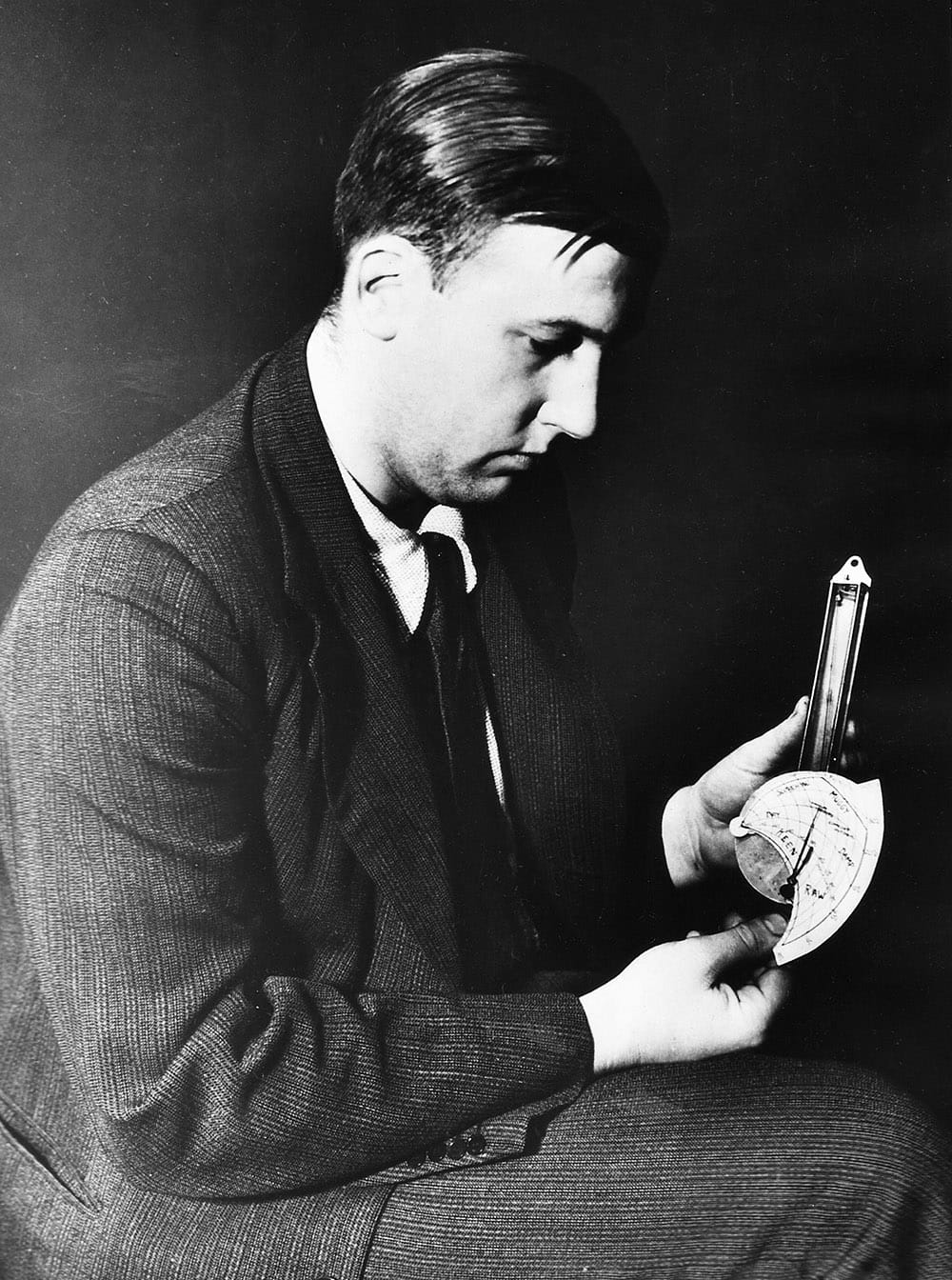
“Shortly after discovering Spilhaus, I found this largely unknown project that he dreamed up called the Minnesota Experimental City,” Freidrichs said. And the project intrigued him in its personalities and ambitions.
“First, there was Spilhaus himself, who had all the attributes of a fascinating character — a well-meaning and worldly technocrat in the great age of technocrats — but was someone who had been for the most part forgotten,” Freidrichs explained. “Secondly, the vast scope of the project, and the technologies the city’s planners intended to implement, seemed like something pulled out of a totally different era. Early on, I kept having to remind myself that this was real — that people actually attempted this.”
Freidrichs previously directed The Pruitt-Igoe Myth (2011), on the Pruitt–Igoe public housing complex in St. Louis, Missouri, that also tried to solve city living conditions through design, and was demolished in 1976.
“I suppose I’m always on the lookout for untold or forgotten stories,” Freidrichs said. “If a city — or even a large, abandoned megastructure — had actually been built on that site in northern Minnesota, my guess is that there would be a few documentaries already produced about MXC. But because it never got that far, the project was buried historically, which allowed me to do some of my own digging. There’s a big thrill going through the archives and listening to audio that no one has listened to in 50 years.”
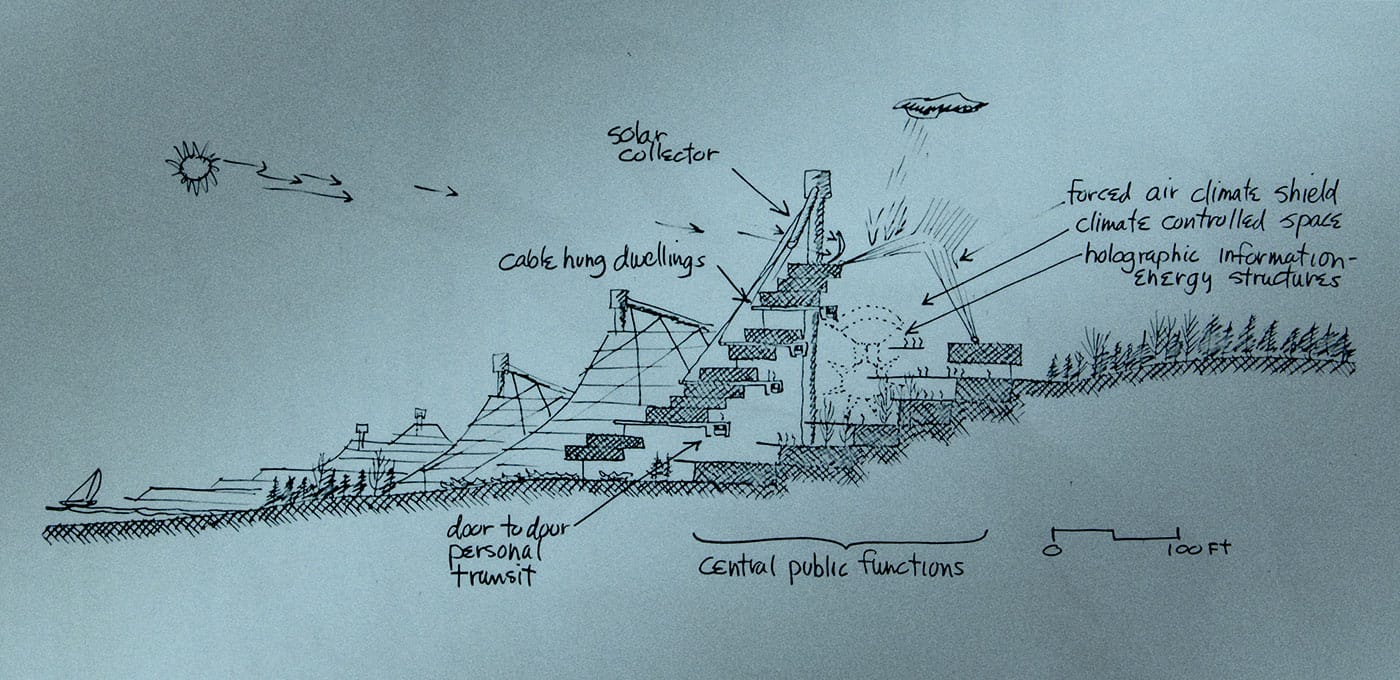
What’s incredible about The Experimental City is how close it came to happening. Its steering committee included luminaries such as architect Buckminster Fuller (whose contributions include the dome), physician Dr. James C. Cain, Freedom House founder and civil rights activist Muriel Snowden, economist Walter Heller, and Director of the National Urban League Whitney Young. Vice President (and presidential hopeful) Hubert Humphrey supported it, and Spilhaus’s major collaborator, newspaper publisher Otto Silha, never waned in his conviction. Ultimately, even in an era of moon landings and Cold War ballistics, its $10 billion price tag (in 1967 dollars) tanked it, as did its inability to connect with the local community. MXC lost its state funding in 1973, and Minnesota never got a domed city.
There are plenty of lessons to be learned from MXC’s rise and fall, yet The Experimental City isn’t didactic with these failures (there’s no omniscient narrator foretelling doom or drawing lines to present bureaucratic woes). Spilhaus died in 1998, having later reimagined his new city for an underwater location (far from Minnesotan protestors). Although many of the ideas of MXC were prescient, like self-driving cars, clean energy, an emphasis on public transit, and video screens for education and shopping that anticipated the internet, its realization remains quixotic. Still, The Experimental City recalls this now obscure project as a moment when science was seriously considered as an answer to our city’s problems, and utopia was a place that people believed they could build.
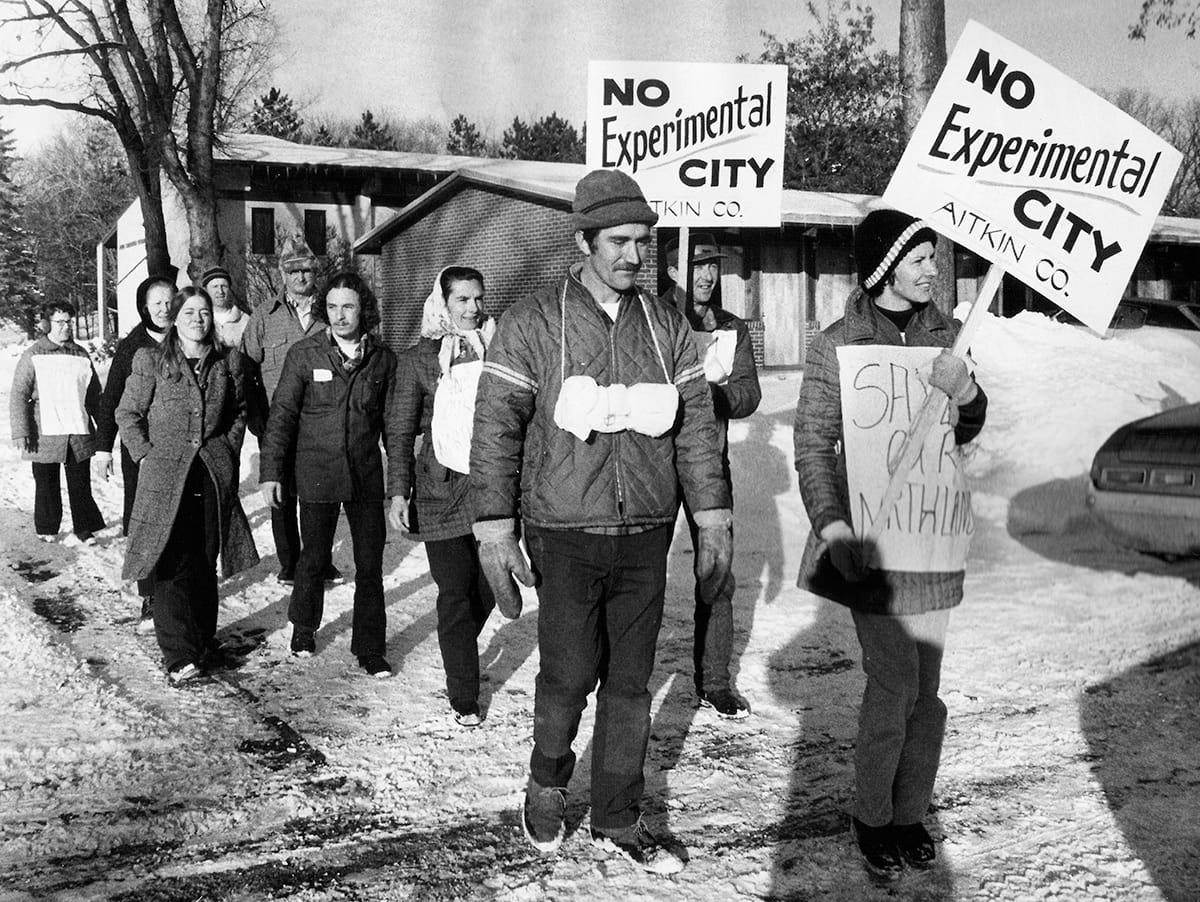

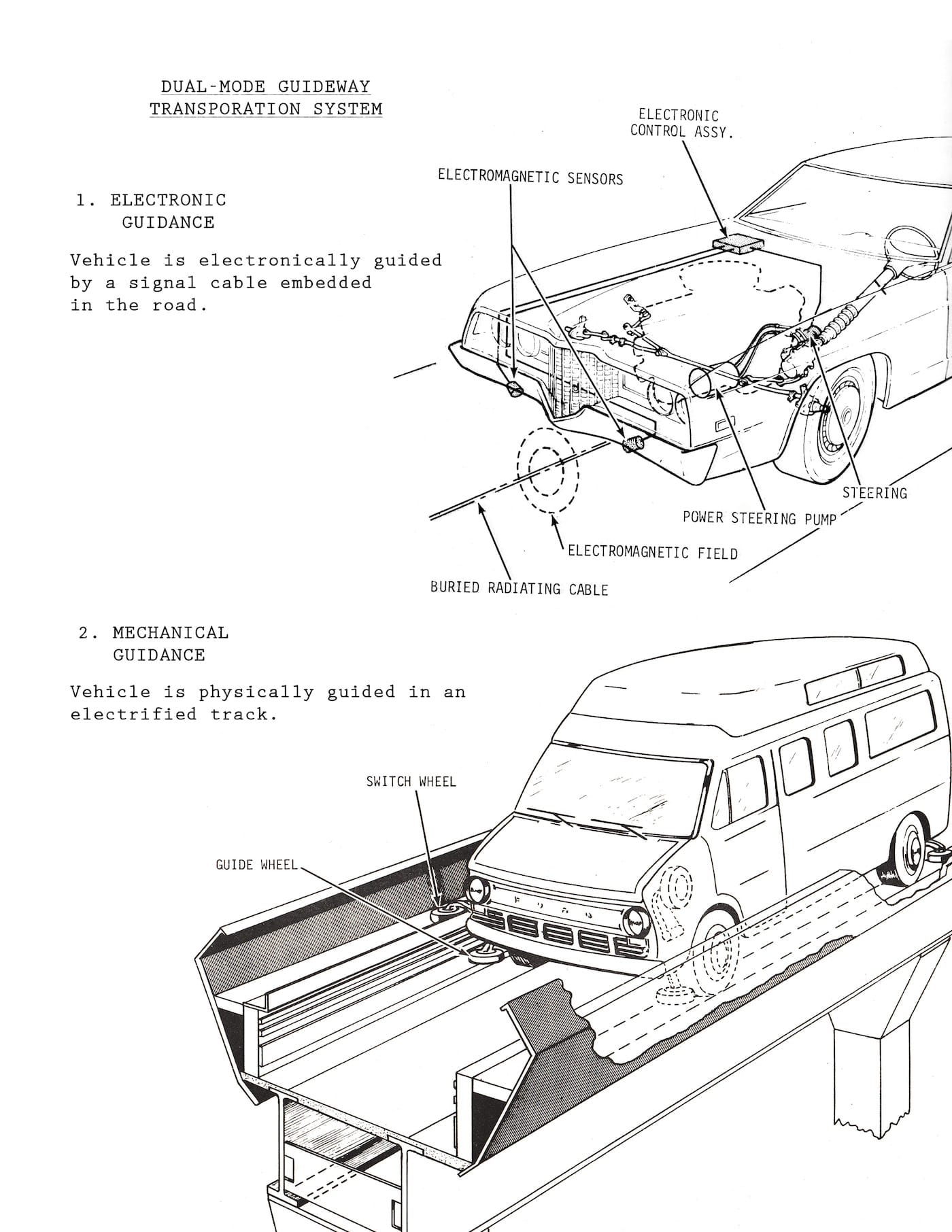
Upcoming screenings of The Experimental City are listed on the film’s site.


